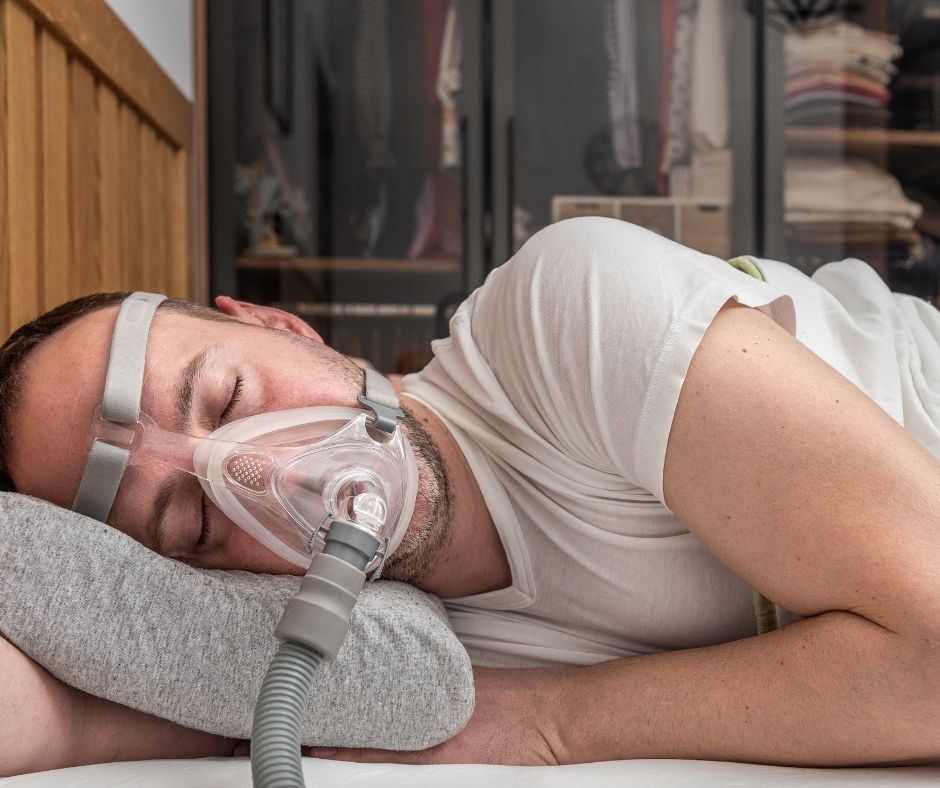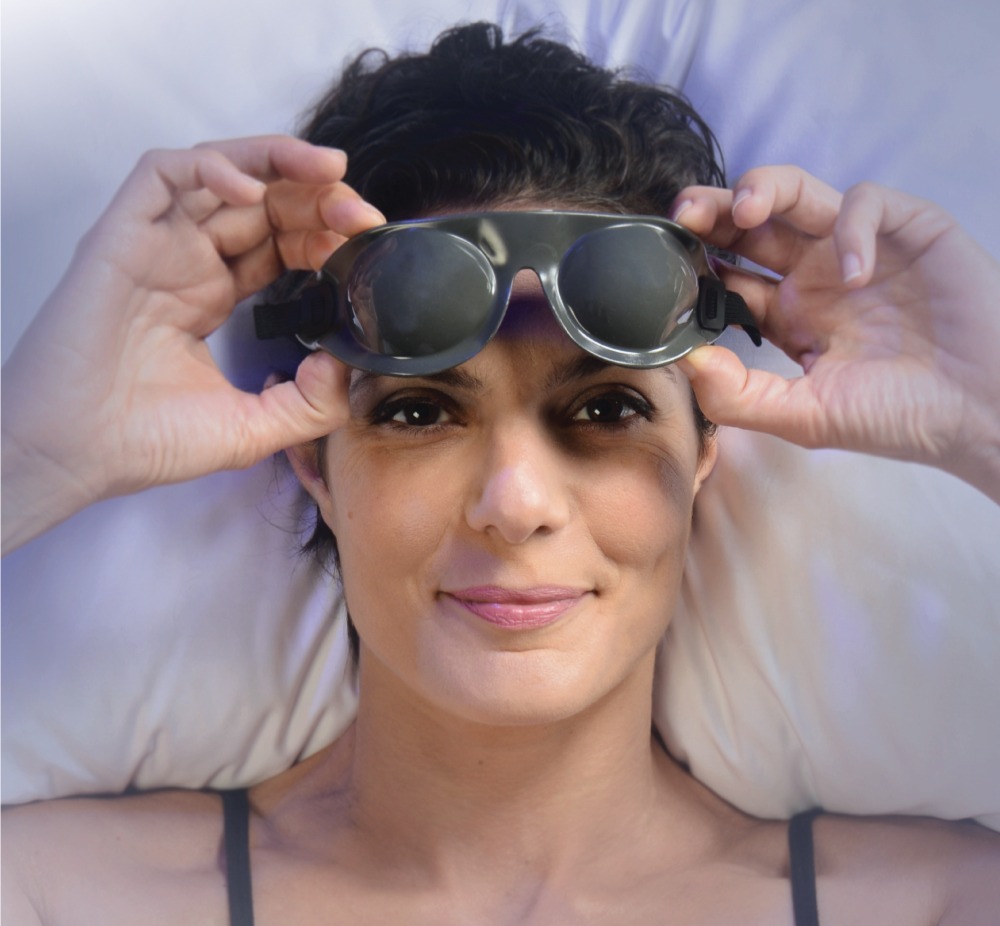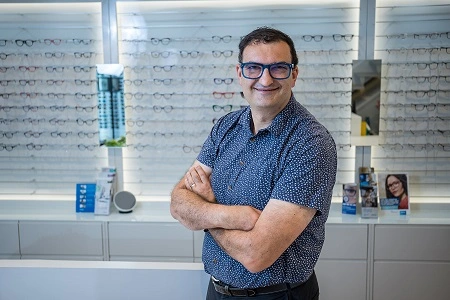Exploring the Impact of CPAP Therapy on Eye Health: An In-Depth Analysis
Continuous Positive Airway Pressure (CPAP) machines have revolutionised the treatment of obstructive sleep apnoea, dramatically enhancing sleep quality for numerous individuals. While these devices are exceptionally effective in facilitating breathing and improving overall sleep patterns, they can inadvertently lead to a new challenge: dry and irritated eyes. Many users of CPAP machines report awakening with symptoms including burning sensations, a gritty feeling, or excessive tearing. Often, individuals are unaware that their sleep therapy could be the root cause of their ocular discomfort. Recognising this link is vital for achieving restorative sleep and ensuring optimal ocular health.

Understanding the Factors Contributing to Dry Eye Symptoms Associated with CPAP Usage
While you sleep, the pressurised air delivered by a CPAP machine can escape from the mask, resulting in airflow being directed straight onto your eyes. Even the smallest leak, particularly around the nasal bridge, can cause air to blow upwards, leading to a gradual yet persistent drying effect on the ocular surface throughout the night. This airflow issue can pose particular problems for individuals who favour sleeping on their backs or sides, or for those using full-face masks. The continuous airflow often goes unnoticed until morning, resulting in considerable discomfort.
The implications of this airflow extend beyond merely drying the eye's surface; it can hasten tear evaporation and encourage ongoing inflammation over time. If this problem persists night after night, the eyelid may struggle to adequately seal and protect the eye, exacerbating discomfort and intensifying symptoms of dryness.
Effective Strategies to Alleviate Dry Eye Symptoms Related to CPAP Therapy
Start by thoroughly evaluating your CPAP setup:
- Examine for Mask Leaks: Ensure that your mask fits securely and comfortably. Achieving a proper seal around your face significantly reduces air leaks that could irritate your eyes. Masks equipped with a forehead support bar or dual-wall seals can greatly minimise unwanted airflow directed upwards.
- Modify Your Sleeping Position: Consider elevating your head slightly or opting to sleep on your side to alter the airflow dynamics around the mask, effectively diverting the air away from your eyes.
- Incorporate Heated Humidification: If your CPAP device features a humidifier, be sure to activate it. This function introduces moisture into the airflow, alleviating overall dryness in both the nasal passages and the sensitive tissues of the eyes.
Choosing the Right CPAP Mask to Minimise Eye Irritation
Some CPAP masks are inherently more susceptible to leaking air around the eye area than others. For instance, nasal pillow masks are engineered to direct air solely into the nostrils, making them less likely to induce adverse effects on the eyes. Furthermore, masks that feature flexible frames or soft cushions provide better facial contouring, resulting in fewer gaps and reduced air leakage. If you are experiencing eye-related symptoms, experimenting with a different mask style could yield significant comfort and relief from discomfort.
The Advantages of Moisture-Sealing Eye Masks for CPAP Users
For individuals utilising CPAP machines who suffer from dry eyes, the EyeSeals 4.0 moisture mask has proven to be a valuable addition to nightly routines. This soft, medical-grade silicone shield creates a moisture-retentive environment around the eyes, effectively preventing airflow from reaching the delicate ocular surface. The gentle seal serves not only as a protective barrier but also assists in retaining natural tears throughout the night. This mask can be used both with and without CPAP devices, and many users report a notable reduction in symptoms after just a few nights of consistent use.
By helping to maintain the natural tear film during sleep, the EyeSeals 4.0 plays a crucial role in promoting long-term eye health, eliminating the need for wake-up treatments or morning eye drops.

Enhancing Your Sleep Environment for Optimal Eye Comfort
There is no need for CPAP therapy to be accompanied by the discomfort of eye irritation. By making the appropriate adjustments and employing protective tools like the EyeSeals 4.0, you can enjoy deep, restorative sleep without the irritation or blurriness upon waking. At Eyes By Design, we are committed to offering effective dry eye solutions tailored for both daytime and nighttime use, ensuring that your vision remains healthy even when the lights go out.

Discover Additional Solutions for Comprehensive Dry Eye Relief:
- Dry eye supplements such as DRYEye Forte and Lacritec
- Hydrating dry eye creams, mists, and drops including Optimel and Tears Again
- Dry eye heating masks
- Nu Lids Eye System
- Eyes Are The Story – makeup products specifically formulated for dry and sensitive eyes
At Eyes By Design, we offer in-store consultations with our experienced optometrists, or you can conveniently browse our online store for a vast selection of dry eye treatment products.
This article aims to enhance understanding and knowledge regarding general eye health topics.
It should not replace professional advice, diagnosis, or treatment.
Always consult your health care provider before making any changes to your health regimen.

Dr Nicholas Altuneg
For over two decades, my passion has focused on helping individuals of all ages enhance their lives through improved vision. At Eyes by Design, we recognise that vision is much more than just the ability to see clearly or read small text from a distance; it fundamentally shapes your perceptions and reactions every moment of the day.
Discover more about Dr Nick
The Article: CPAP Machine Causing Dry Eyes Upon Waking? Here’s Why. first appeared on https://writebuff.com
The Article CPAP Machine and Dry Eyes Upon Waking: Key Reasons Explained Was Found On https://limitsofstrategy.com

